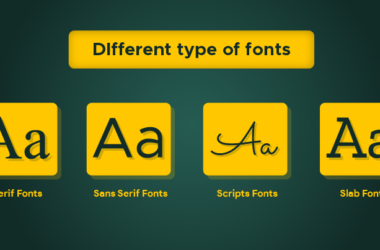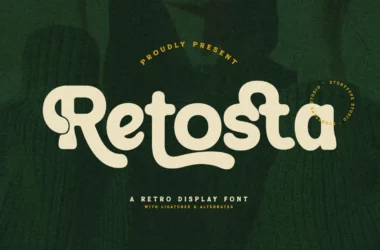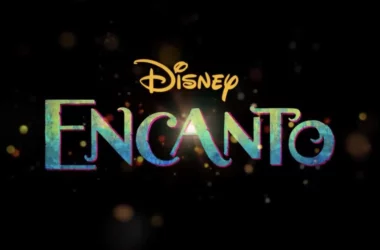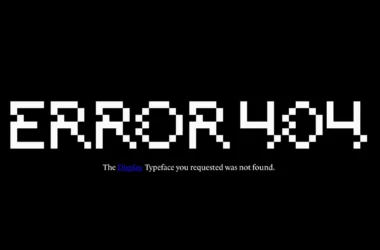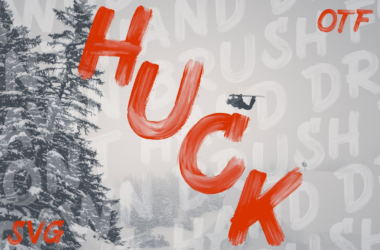The Role of Font Licensing In The Design Industry
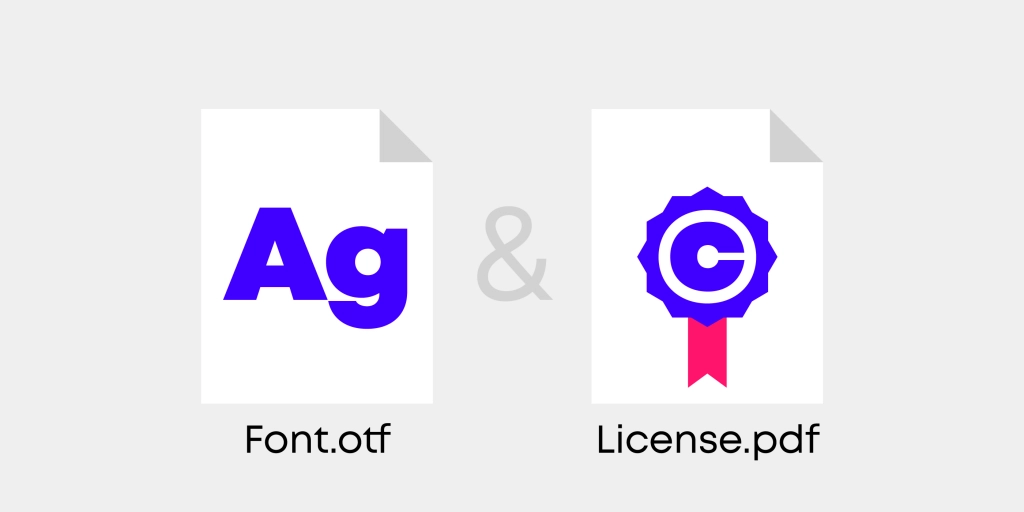
Introduction
Font licensing plays an integral role in the design industry, allowing designers to create aesthetically pleasing designs using legally obtained typefaces. In addition to protecting the intellectual property of typeface creators, font licensing ensures that designers have access to a variety of fonts without risking their own creative works. Until font licensers such as Monotype began offering their services, many designers had to purchase fonts or borrow them from other sources sometimes without having full ownership rights.
Fortunately for today’s modern designer, countless digital fonts are now available for either subscription purchase or an outright purchase through a variety of services worldwide. By understanding the implications of including someone else’s work in their designs, designers are able to utilize these resources more easily and cost-efficiently while still staying within legal boundaries. As technology and font detection techniques continue to evolve, it is more important than ever that designers understand how font licensing affects their art both ethically and financially.
Definition of Font Licensing
Font licensing concerns the legally binding rights for the usage of a specific typeface. It is an essential element of font usage and design, as it sets out the terms under which an individual or company may use the particular font in question. Font licensing outlines what parts of the typeface are covered, how often it can be used, where it can be used (e.g. in a book, brochure, website, etc.), as well as its price and payment options among other things.
Failing to properly regulate fonts through licensing could result in potential copyright infringement and legal categories if not handled appropriately, making understanding font licensing vital for designers who wish to safely incorporate typefaces into their works without any backlashes.
Why Font Licensing Matters
Fonts can be legally protected under copyright law, which means that using them without permission can lead to legal action and hefty fines. That’s why it’s important to familiarize yourself with font licensing before you start using fonts in your work.
The type of license you need will depend on how you plan on using the font, for example, if you’re going to use a font on multiple websites or apps, then an extended license may be necessary. On the other hand, if you’re just going to use a font for personal use, then a standard “desktop” license should suffice.
Font Licensing Options
When it comes to font licensing options, there are two main categories: free and paid. There are plenty of free fonts available online that can be used for personal or commercial use with no restrictions. However, these fonts tend to be more basic and limited in terms of style and character set compared to paid fonts. Paid fonts typically come with extended licenses that allow for broader usage rights like unlimited web usage or embedding into mobile apps.
Most paid fonts also offer advanced features like alternate characters, ligatures, contextual alternates, swashes, and more tools that many designers find invaluable when creating unique designs that stand out from the rest.
Importance of Font Licensing In The Design Industry
Designers require the proper font licensing in order to create effective and meaningful designs. Without the correct licenses, designers could be infringing on other people’s intellectual property rights and subject themselves to serious legal ramifications.
It’s important to understand the various types of licenses, such as web fonts and desktop fonts, so that you know what is allowed when using a particular font. With the right font license in hand, designers can go on to create very beautiful designs without fear of violating copyright laws. Additionally, proper licensing ensures that designers are not taken away from the financial gains from their work, which helps nurture creativity within the design industry.
Types of License Agreements
There are two main types of font license agreements that you should be aware of desktop licenses and web font licenses. Desktop licenses are used for traditional printed materials such as posters, brochures, and books, they allow you to install the font on one or multiple computers for use in these materials only.
Web fonts licenses are used for digital projects such as websites and apps, they allow you to embed fonts into HTML code so that they can be viewed on all devices with an internet connection. Depending on your needs, you may need one or both types of licenses in order to legally use the font in question.
Why Is Font Licensing Important?
Font licensing is important because it ensures that type designers get paid for their hard work creating beautiful typefaces. Without proper licensing, anyone could simply copy a designer’s work and use it without compensating them for the time and effort spent creating it which would make being a type designer unprofitable and possibly impossible.
By purchasing a license for any fonts you use in your work whether print or web, you ensure that these talented artists get paid for their hard work and dedication to making beautiful typography available to everyone.
Types of Font Licenses
When you are designing a website, one of the most important decisions you will have to make is which font to use. You might be tempted to just download any old font that takes your fancy, but this could get you in trouble if you don’t know about font licensing first.
Free for Personal Use Fonts
The most common type of fonts available is those that are free for personal use. This means that anyone can download and use these fonts on their designs without paying anything. However, these fonts cannot be used commercially (e.g., on products or services that generate income).
If you do need to use a free personal use font commercially, then you will need to buy a commercial license from the designer or foundry who created the typeface. Be sure to read the specific license agreement before using any free fonts commercially as some may require attribution or other conditions before they can be used legally in a commercial setting.
Open Source Fonts
Open source fonts are fonts that have been released under an open source license, usually by their creator or foundry. These licenses allow anyone to freely use and modify the font for any purpose, including commercial purposes. As with free for personal use fonts, it’s important to read the specific license agreement before using any open source font as some may require attribution or other conditions before they can be used legally in a commercial setting.
Paid Fonts
Paid fonts are exactly what they sound like fonts that must be purchased in order to be used legally on your designs (both personal and professional). Paid fonts often come with additional features such as extended character sets and multi-lingual support which makes them attractive options for more complex projects such as branding or logo design. The cost of paid fonts varies depending on the designer or foundry who created them but generally ranges from $10-$50 USD per license.
Factors To Consider When Choosing A Font License
When selecting a font license, there are a few important factors that need to be taken into account. Firstly, you must consider the type of project you are using the font for. Some licenses may restrict use to certain types or ways of using fonts. Additionally, you will have to think about your budget and potential future needs as some of the more expensive licenses can include a wider range of uses and additional features such as higher quality fonts and web fonts.
Lastly, it is essential to read through any terms and conditions carefully to ensure that you do not breach any provisions set out in the agreement. Making informed decisions about which font license is most suitable will help you avoid any costly legal battles down the track.
Cost
The cost of a font license varies widely depending on its intended usage, so it’s important to consider how much money you are willing and able to spend before committing to buy one. Typically, a single-user desktop license costs around $25 – $50 USD per typeface, if you plan on using multiple fonts for multiple projects then it’s probably worth investing in an extended/enterprise license that allows for unlimited usage.
Usage Rights
Different licenses come with different usage rights and restrictions. For instance, some licenses may permit commercial use (i.e., making money from the use of the font) while others may limit use only to personal projects or prohibit any kind of redistribution or modification of the typeface itself. It’s important that you read through all the terms and conditions carefully before purchasing a license so that there are no surprises down the line.
Font Formats
Fonts come in various formats such as OpenType (.otf), TrueType (.ttf), Web Open Font Format (.woff2), PostScript Type 1 (.pfb + .pfm), etc., so make sure that your chosen font is compatible with whatever software program or device you are planning on using it with. Some fonts may limit their compatibility by only providing certain formats (e.g., .ttf files) while others may offer more options (e.g., .otf + .ttf).
The Risks of Using Unlicensed Fonts
Using unlicensed fonts can be a severe issue, with many risks for graphic designers and publishers alike. Unfortunately, many unlicensed fonts are illegally shared online and available for free download. While these may seem like a great way to save some money, using such fonts could end up costing you more in the long run.
Depending on the circumstances, it is possible to face fines of up to $100 in damages plus legal fees and other costly repercussions due to copyright infringement. It’s just not worth it. Before downloading any font that might be questionable, research the license agreement in detail or contact the creator or publisher directly to make sure you are compliant with all copyright laws before using it.
The Importance of Licensing Your Fonts
Fonts are thinking of property just like any other type of media, so it’s important to make sure that you have the necessary rights and permissions before using them in your work. Not only is it illegal to use unlicensed fonts without permission, but it could also result in financial penalties if you’re caught by the font’s creator or their representatives.
There are three main types of font licenses desktop, Webfont, and app/ebook and each has its own set of rules and restrictions. Make sure that you understand the terms of each license before you start using a font commercially.
The Benefits of Licensed Fonts
Using licensed fonts has several benefits besides avoiding legal trouble. Firstly, most legal websites offering fonts will have detailed descriptions about what type of license is required for each font as well as how much it costs and any special terms or conditions associated with that particular font bundle or package. This makes it easier to compare different fonts side-by-side so that you can make an informed decision about which one suits your needs best.
Secondly, licensed fonts often come with access to more features such as advanced typography options and support from the creators themselves should you ever encounter any issues while using the font in your design projects. Finally, purchasing licensed fonts ensures that designers get paid fairly for their hard work which helps create an incentive for them to continue creating beautiful new designs in the future.
What Designers Need to Know About Font Licensing
Fonts are an essential part of any design project, no matter what industry you’re in. They can be used to create a distinct visual appearance and evoke powerful emotions from viewers. Unfortunately, there is a lot of confusion surrounding font licensing and its legal implications, which can lead to costly mistakes if you’re not careful. We’ll discuss best practices for font licensing in the design industry, so you can keep your projects out of copyright hot water.
Licensing Basics
Fonts are protected by copyright law just like any other creative work. This means that if you want to use a font commercially or publicly in other words, in a manner that will make money or reach a wide audience you must obtain the appropriate license for each font you use. It’s also important to note that fonts are licensed per user, if multiple people need access to the same font, each person must have their own license.
Finding Quality Fonts
The internet is full of free fonts that may seem like an appealing option at first glance, but it’s important to remember that they often come with restrictions or even possible legal results in some cases. To ensure that your project remains compliant with copyright law and avoid potential lawsuits, it’s best to purchase fonts from reputable sources such as MyFonts or Adobe Typekit. These sites offer quality fonts with clear licensing terms at reasonable prices, plus they provide customer service if needed.
Conclusion
Font licensing plays an important role in the design industry as it ensures that designers have access to high-quality fonts while protecting the rights of type designers who create those fonts. Whether you decide to go with a free or paid option depends on your needs, but either way, make sure you’re aware of any applicable licenses before using any typeface in your work. With this information under your belt, you’ll be well-prepared when selecting fonts for all of your future projects.

